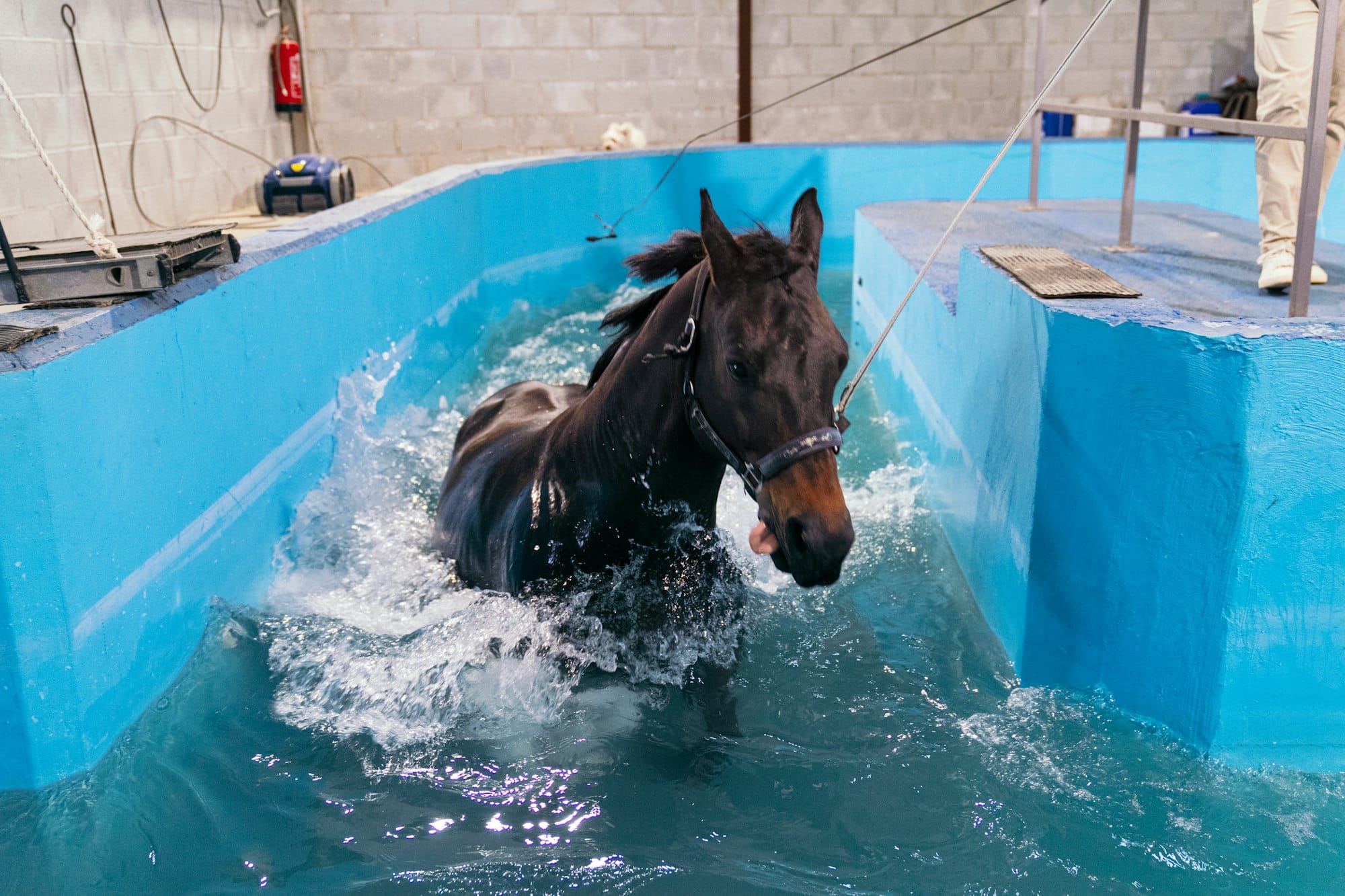How Can Hydrotherapy Benefit Children with Cerebral Palsy in Terms of Mobility and Comfort?

Cerebral palsy (CP) presents unique challenges for children and their families. The condition, which results from brain injury during fetal development or shortly after birth, can impact muscle coordination, posture, and overall motor function. Among the various therapeutic strategies available to help children with cerebral palsy, aquatic therapy has emerged as a promising approach.
From boosting muscular strength to improving walking capabilities, this water-based exercise regimen holds significant potential for enhancing the physical outcomes and quality of life for children grappling with cerebral palsy. But how can it do so? This article explores the benefits of aquatic therapy for children with cerebral palsy, focusing on its role in improving mobility and comfort.
Cela peut vous intéresser : What Are the Best Strategies to Encourage Active Transportation in Winter Climates?
The Principles of Aquatic Therapy for Children with Cerebral Palsy
Aquatic therapy, also referred to as hydrotherapy, involves the use of water and specific exercise routines to rehabilitate and improve physical conditions. For children with cerebral palsy, this form of therapy can provide a safe, low-impact environment for exercise and motor training.
The buoyancy of the water helps to support the child’s body weight, reducing the strain on their muscles and joints. It also allows for a wider range of motion than land-based exercises, providing a more comprehensive approach to physical training. In addition, the hydrostatic pressure of water provides natural resistance, making muscular strength and endurance exercises more challenging and effective.
Dans le meme genre : How to Implement Eco-Therapy Programs in Urban Mental Health Clinics?
Aquatic Therapy Enhances Physical Outcomes
Children with cerebral palsy frequently experience difficulty with motor function and muscle strength. This can affect their ability to perform daily tasks, lead to discomfort, and impact their overall quality of life. Aquatic therapy can offer a solution to many of these problems.
Research shows that water-based exercises can significantly improve muscle strength in children with cerebral palsy. A study published in the Journal of Physical Therapy Science found that after a 12-week aquatic therapy program, children with cerebral palsy showed considerable improvements in their muscle strength, particularly in their lower limbs. This strength enhancement can play a crucial role in improving a child’s walking capabilities and overall mobility.
How Aquatic Therapy Aids Walking Capabilities
For many children with cerebral palsy, walking may pose a significant challenge. Muscle spasms and coordination issues can make this basic function difficult, often requiring assistive devices or significant support. But here too, aquatic therapy can provide valuable assistance.
A study that you can find on Google Scholar demonstrated that children with cerebral palsy who participated in aquatic therapy programs showed improvements in their walking capabilities. The water’s buoyancy reduced the impact on their joints, allowing the children to practice walking movements with less pain and effort. The natural resistance of the water also helped to strengthen their leg muscles, enhancing their walking ability on land.
The Comfort and Confidence Boost from Aquatic Therapy
Beyond the tangible physical improvements, aquatic therapy can also contribute to the psychological well-being of children with cerebral palsy. The comfort of being in the water, combined with the enjoyment of the activities, can enhance a child’s overall mood and outlook.
In a study published in the Journal of Pediatric Rehabilitation Medicine, children who participated in a hydrotherapy program reported feeling more comfortable and confident in their physical abilities. This boost in self-esteem can have a significant impact on their motivation to continue with their therapy and strive for further improvements.
The Role of Aquatic Therapy in Comprehensive Treatment Plans
While aquatic therapy presents clear benefits for children with cerebral palsy, it’s crucial to remember that it is typically most effective as part of a larger, comprehensive treatment plan. This plan may include other physical therapies, occupational therapy, speech therapy, and even medications or surgery, depending on the child’s specific needs.
Aquatic therapy can complement these other treatments, providing a fun, low-impact option for exercise and rehabilitation. It can also serve as a respite from more strenuous therapies, offering a gentle yet effective way to continue working on muscle strength and coordination.
As we continue to explore and understand the benefits of aquatic therapy for children with cerebral palsy, it’s clear that this approach is far more than just a dip in the pool. Rather, it’s a powerful tool that can enhance both the physical health and psychological well-being of these children, improving their mobility, comfort, and overall quality of life.
Incorporating the Halliwick Concept in Aquatic Therapy for Children with Cerebral Palsy
The Halliwick Concept is an approach to aquatic therapy that focuses on teaching individuals, particularly those with physical disabilities, the skills necessary for independent aquatic mobility. This concept has been effectively incorporated into aquatic therapy programs for children with cerebral palsy, offering them a structured, progressive way to build their swimming and water-based motor skills.
The Halliwick Concept, as you can also find on Google Scholar, encourages participants to develop their balance control, rotational control, and movement coordination, all crucial elements for gross motor function. For children with cerebral palsy, whose gross motor abilities may be impaired, this concept can provide a beneficial framework for enhancing their physical abilities.
The water’s buoyancy assists in supporting the child’s body weight while they learn and practice these new skills, reducing the muscle strain and discomfort they might experience with land-based exercises. Furthermore, the natural resistance of water can help in improving muscle strength and tone, key components of effective motor function.
The Halliwick Concept also encourages social interaction and group work, both of which can contribute to the psychological well-being of children with cerebral palsy. As children work together to accomplish tasks and overcome challenges, they build not only their physical capabilities but also their confidence and self-esteem.
The Potential of Aquatic Therapy for Adolescents with Cerebral Palsy
While much of the focus on aquatic therapy for cerebral palsy centers on children, it’s important to recognize its potential benefits for adolescents with this condition as well. As children mature into adolescents, their bodies undergo significant changes that can impact their motor function and physical comfort, particularly for those with cerebral palsy.
Aquatic therapy can provide a safe, supportive environment for adolescents with cerebral palsy to continue their physical therapy and adapt to these changes. A study available on PubMed discussing the benefits of aquatic therapy for adolescents with cerebral palsy identified improvements in muscle strength, stability, and overall motor function following participation in water-based exercise programs.
Furthermore, the psychological benefits of aquatic therapy, such as improved self-esteem and confidence, can be particularly beneficial for adolescents. During a stage of life often marked by self-consciousness and social pressure, the confidence boost from mastering new skills and improving physical capabilities can have a profound impact on an adolescent’s mental well-being.
Conclusion: The Power of Aquatic Therapy for Children and Adolescents with Cerebral Palsy
Aquatic therapy, with its unique combination of physical and psychological benefits, presents an effective therapeutic strategy for children and adolescents with cerebral palsy.
From enhancing muscle strength and gross motor function to boosting self-esteem, this approach provides a comprehensive tool for tackling the unique challenges these individuals face. Whether through structured methods like the Halliwick Concept or through creative, individually tailored programs, aquatic therapy holds tremendous potential for enhancing the quality of life for children and adolescents grappling with cerebral palsy.
However, as with any therapy, it’s essential to develop an individualized treatment plan that considers the specific needs and capabilities of the child or adolescent. Aquatic therapy is most effective when integrated into a larger, comprehensive treatment plan, offering a beneficial complement to other therapies and interventions.
As research continues to evolve and we gain more understanding of the benefits of aquatic therapy, it’s clear that this approach can serve as a powerful tool in the therapeutic toolkit for managing cerebral palsy. Not merely a dip in the pool, aquatic therapy is a thoroughly researched, scientifically backed approach that promises to improve the mobility, comfort, and overall quality of life for individuals with cerebral palsy.
